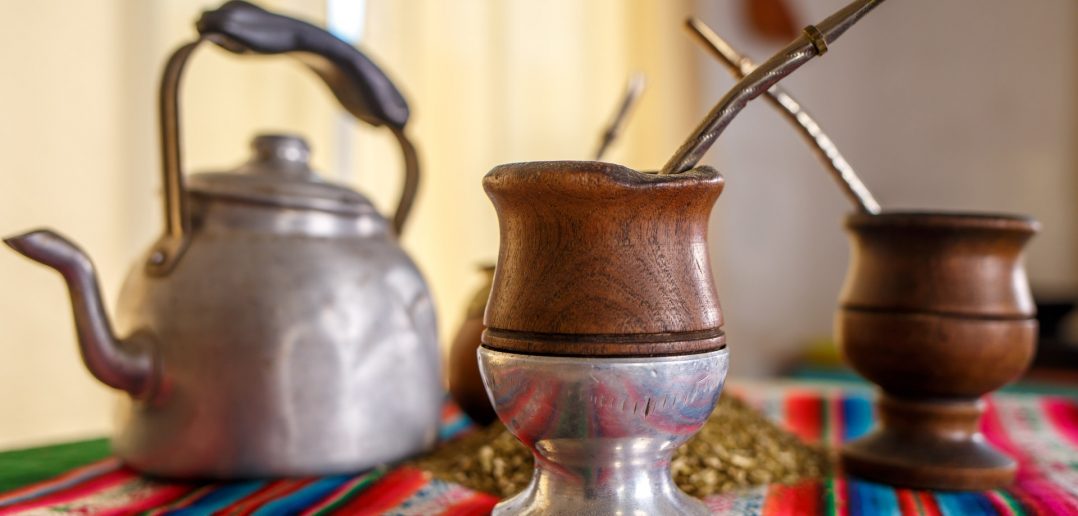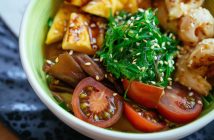Yerba mate is a traditional South American drink that is brewed from the leaves and stems of the yerba mate plant. The beverage is widely consumed in Argentina, Brazil, Paraguay, and Uruguay, where the plant is indigenous, but as an ingredient mate is also widely found in energy drinks and herbal teas for its high caffeine content.
Origins of yerba mate
The origin story of yerba mate is steeped in folklore, but the general consensus is that it was first discovered by the indigenous people in the rainforests of Paraguay and Southern Brazil, known as the Guarani and Tupi people. The ingredient was widely described as being a ‘gift from the gods’ for its stamina-giving properties and broad use as a healing medicine, and was often used as part of worship and other religious ceremonies.
As South America was colonized by the Spanish, the settlers saw the health and energy benefits of the yerba mate and they soon began to enjoy the beverage themselves and consumption of mate soon became popular across the region. In Argentina, the drink became particularly popular with cowboys or “gauchos”, who sipped the “cowboy coffee” for energy during long cattle drives and to stave off hunger in times of famine.
However, whilst coffee and cocoa were cultivated as “cash crops” for export back to Europe, the Spanish struggled to domesticate the plant and turn it into a reliable crop and so drinking mate never took off the same way in Europe as it did in its local region. Eventually, it was discovered that germination depended on feeding the seeds of the plant to certain varieties of birds, or creating an industrial process to emulate such a process.
Today, the crop is a major export for Argentina and Brazil, where the drop brings in over $80m per year, with the majority of the leaves consumed in the region. Indeed, around South America, yerba mate can be bought from most supermarkets, but in Europe you will need to buy organic mate from Kusmi Tea or other specialised online retailers.
How is yerba mate prepared?
Where some cultures may drink coffee in espresso cups or traditional tea made from the leaves of the Camilla Sinensis plant in bone china tea cups, for their caffeine fix, many cultures in South America prefer yerba mate, where the drink is served in a mate pot, generally made from a calabash gourd, and drunk via a silver straw called a “bombilla”.
To make the drink, the crushed or ground yerba, or “herb”, is added to the pot along with some cold water and the flavours are left to infuse. After a short whole hot water, just below boiling temperature, is then poured over the yerba to fill the pot to create a hot drink that looks much like traditional loose-leaf tea.
Instead of straining the leaves out of the liquid and pouring the drink into mugs, however, mate is sipped through the bombilla, which works as both a sieve and a straw, so the drinker consumes just the hot liquid without any bits.
Benefits of yerba mate
A wealth of health benefits have been ascribed to drinking yerba mate, from greater energy and mental focus, to weight loss, reduced fatigue, and enhanced sports performance. However, these same benefits are attributed to most caffeinated beverages, so whilst drinking mate may have beneficial effects, those effects could also be gained from drinking coffee or caffeinated tea.




